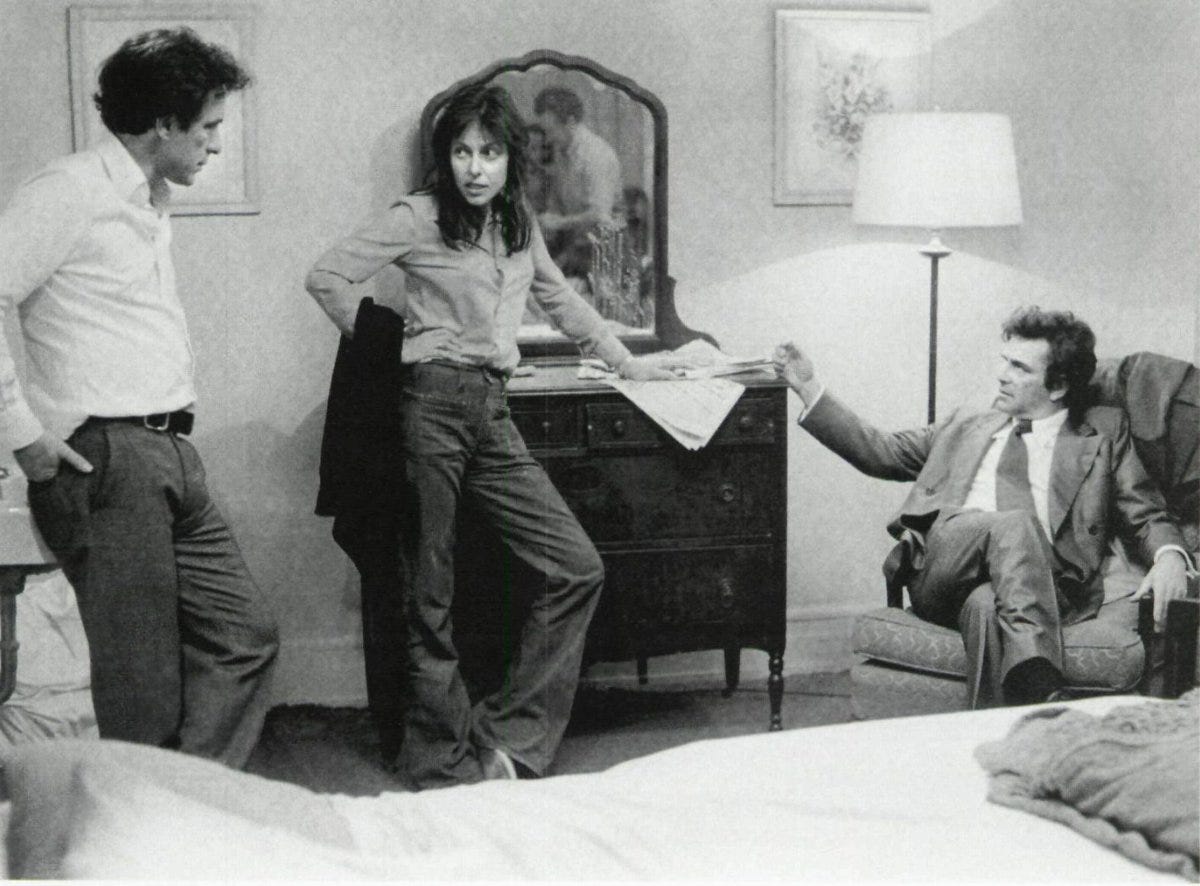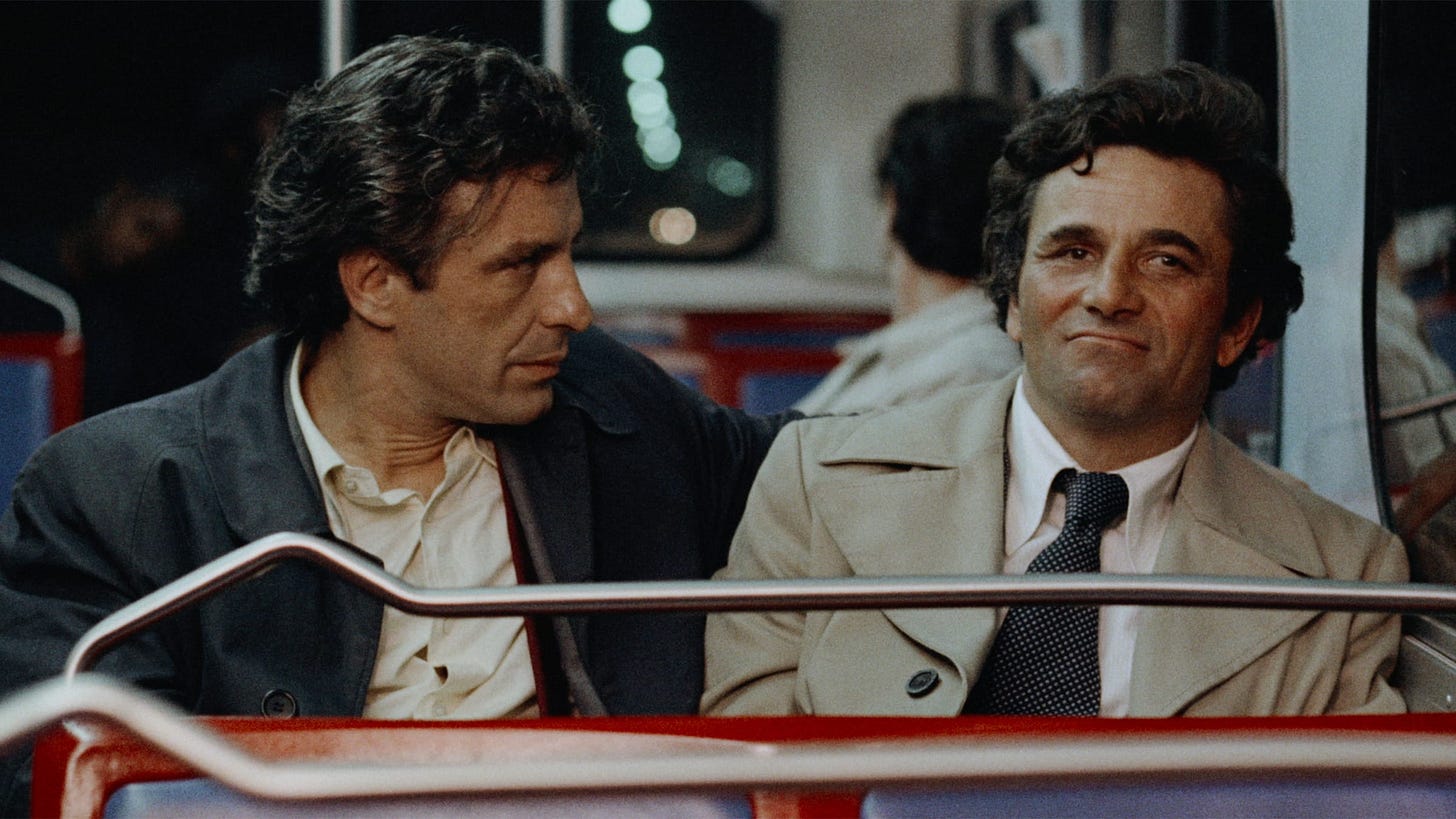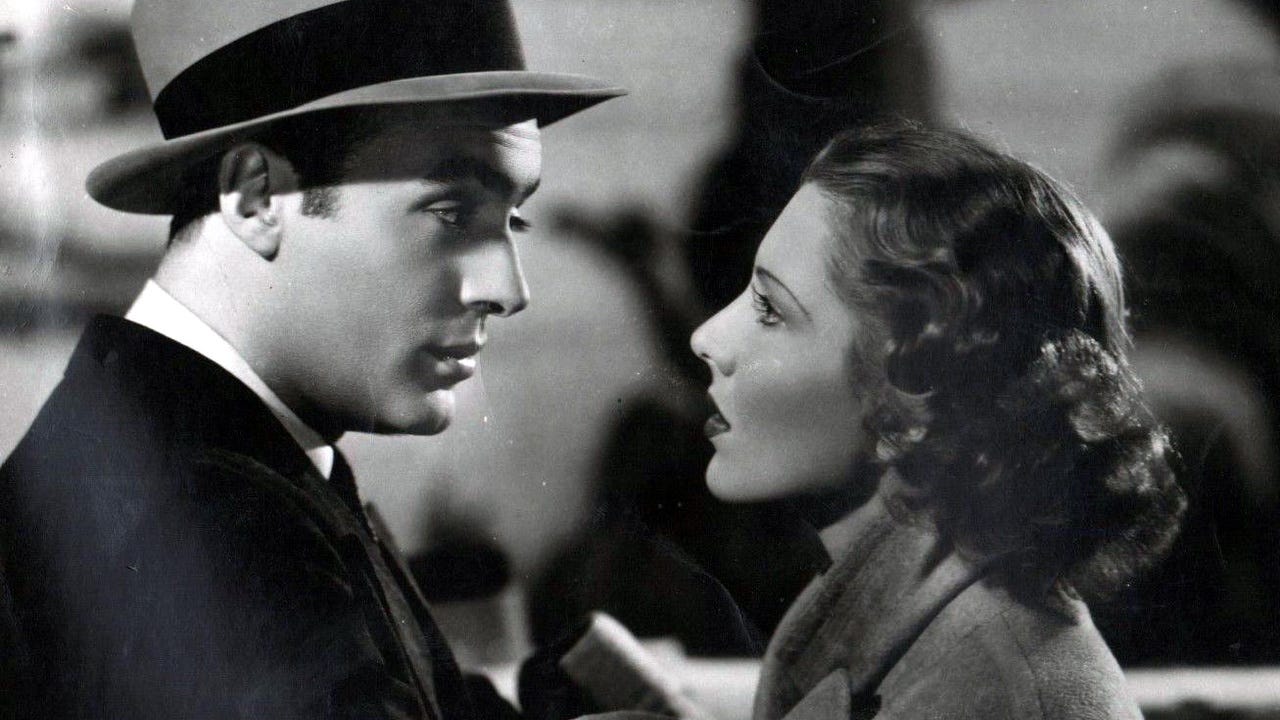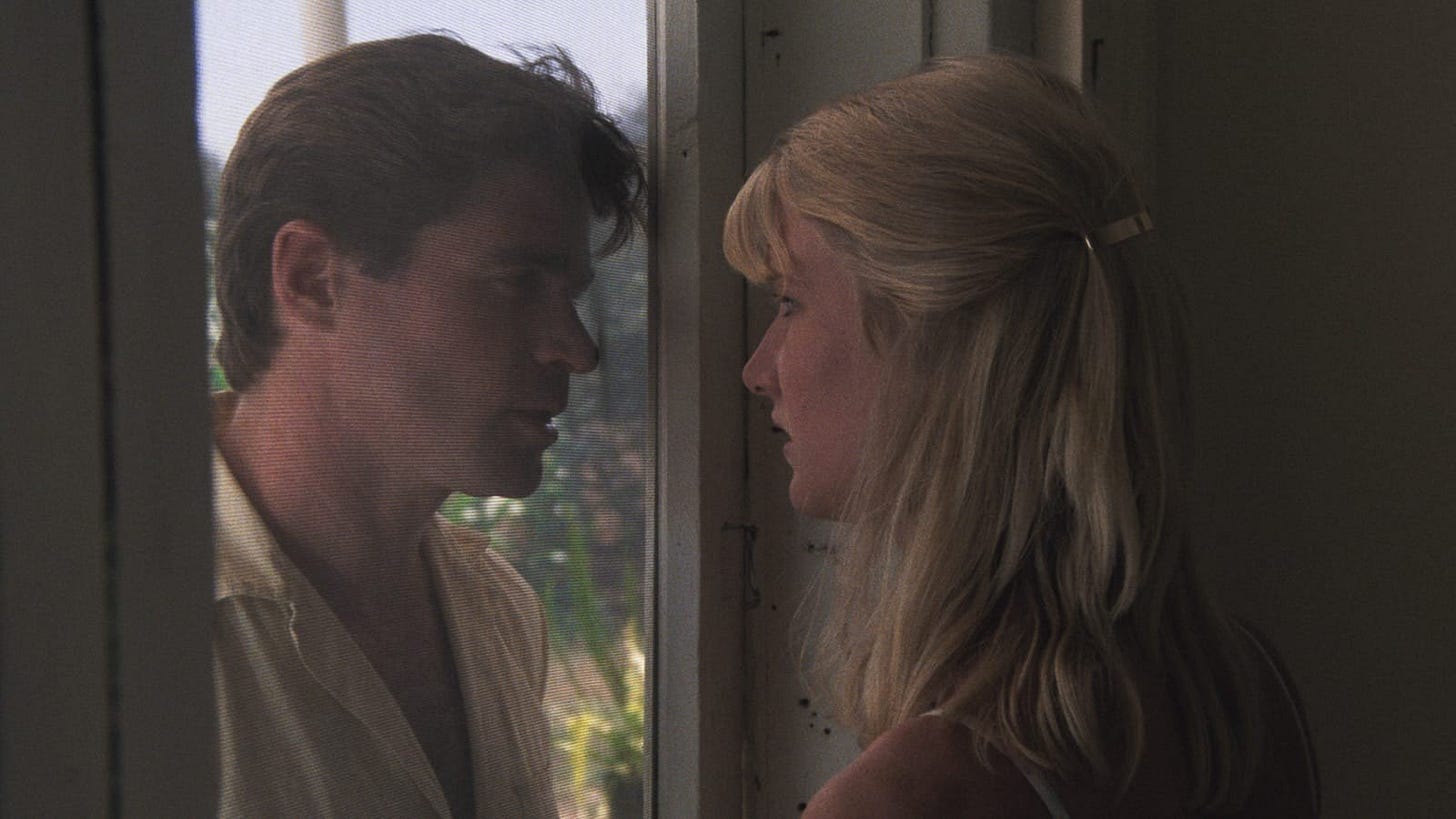I've started a project of cataloging all of my DVDs/Blu-rays/4K in a Letterboxd list. It's surprisingly time-consuming and exhausting. I've recently had to take a break at 800 titles and I'm less than halfway through (that is in no way any sort of brag - if anything, it shows I need help).
Something that I have realized in the midst of this project is that I've barely seen what I own. I buy a lot for future pieces on this site that never transpire. I buy a lot simply because it's cheap (damn you, Dollar Tree!) And then I buy a lot that I just want to watch eventually...
With many more titles to go, I'm hovering around 40% seen. So, I'm starting this series, The Library, where I go through, you guessed it, our library of movies in an attempt to try and at least get to the 50% mark.
To be included in this column, I have to watch the disc. I can't watch it streaming.
I'll start with the most prestigious of sections, those of the Criterion Collection. It's also one of the most expensive, so I can justify these purchases.
History Is Made at Night (1937)
A romantic headwaiter fights to save a woman from her possessive ex-husband.
This movie is quite representative of the reason that I'm going through/making an effort to watch all of my Criterion discs. It is a disc that sits on my shelf that I would never watch otherwise.
"Why did I buy this? I'm never going to watch it."
Except I know the exact reason why I bought it. I'm a sucker for a good recommendation.
The media section of Barnes & Noble gets weaker and weaker every time I go. In fact, the store that I bought this from just this past July has already shuttered and reopened a much smaller store down the way - complete with no dedicated media section.
Those media sections are rarely staffed and if they are, they are staffed with book people and not DVD people. No offense to book people - I shouldn't work in the other parts of a Barnes & Noble myself!
The point is: This past July, attending what would end up being my final 50% Criterion Sale of that location, I bumped into an employee who actually knew stuff about movies! And liked Criterion discs! And offered recommendations!
The disc I walked away with, History Is Made at Night, is fine. It's a messy movie that can't agree on or commit to a genre, so tonally it's all over the place. Is it romance? Screwball comedy? Screwball rom-com? NOIR? DISASTER MOVIE?
It does all of those things well, I just don't need them all in the same movie. It lost me about an hour in, when it had already u-turned about four times.
Mikey and Nicky (1976)
In Philadelphia, a small-time bookie who stole mob money is in hiding and he begs a childhood friend to help him evade the hit-man who’s on his trail.

Elaine May made movies about betrayal. A New Leaf, The Heartbreak Kid, Ishtar, and of course, Mikey and Nicky.
Betrayal of those you love, those you think love you. Family. Friends.
Betrayal of yourself. Beliefs. Morals.
Mikey and Nicky is about just that. Nicky (John Cassavetes) has spent his entire adult life letting people down. His friends, like Mikey (Peter Falk). The numerous women in his life. Now his infant daughter. When he does more than just let down his mob boss, he has to turn to these people for help to save his life.
You can imagine how eager they are to do that.
In a movie that feels more like a collection of vignettes with an unfortunate inevitable ending, May directs Cassavetes and Falk in career work for all three of them. It's brutal, it's honest, but it's never brutally honest - in a path that only collaborators of this caliber can create.
Smooth Talk (1985)
This film chronicles 15-year-old Connie’s sexual awakening in the Northern California suburbs. Her experimentation gets out of hand when the mysterious Arnold Friend takes an interest in her.
A lot has been said about how this movie has two very distinct parts. For the first 60 minutes of the film's 90, it's a regular teen drama. 15-year-old Connie (Laura Dern) hangs out at the mall, flirts with boys, fights with her mom, looks for trouble while trying to stay out of it.
But at that fulcrum, that trouble finds her: 30-plus-year-old Arnold (Treat Williams) takes a liking to her and won't be stopped, arriving at her house when she's all alone. From the short story, "Where Are You Going, Where Have You Been?" by Joyce Carol Oates and with direction by Joyce Chopra, the women behind the movie carefully craft a young woman's worst nightmare.
The best part of the movie, for me, was that back and forth between Dern and Williams when he is trying to lure her in. It's Acting 101 - objectives, super objectives, changing your tactics. It should be shown in every Intro to Acting class.
We can even go to a book I had to read for my very first acting class in college, Michael Woolson's The Work of an Actor, where Woolson writes about a character's obstacles, calling them, "the emotional and physical blocks that your characters must overcome to achieve his or her objective."
Her fear, her confusion, her immaturity, her fight or flight. His anger, his desire, his malintent, his cravings. They are obstacles to each other. Their bodies, their minds, their differences. They are both trying to overcome their obstacles. You can see that acting work behind their eyes.
It's horrifying. And they are both perfect.
Credit: Each plot synopsis comes from Letterboxd via TMDb.





